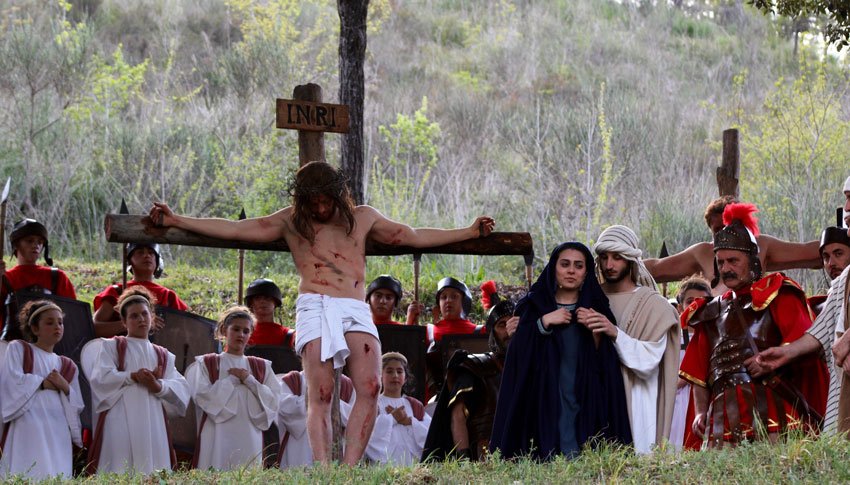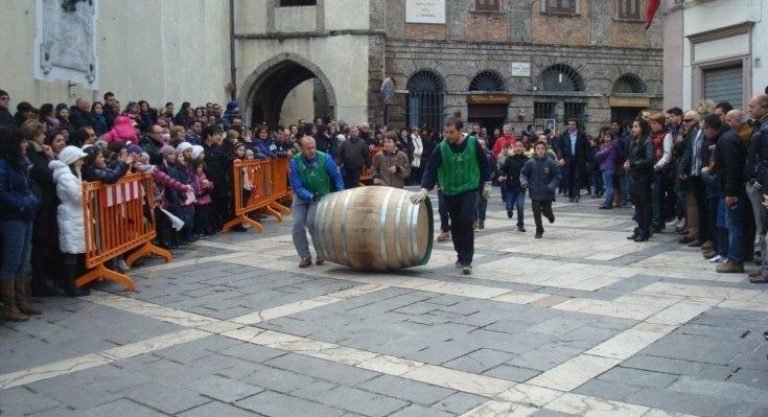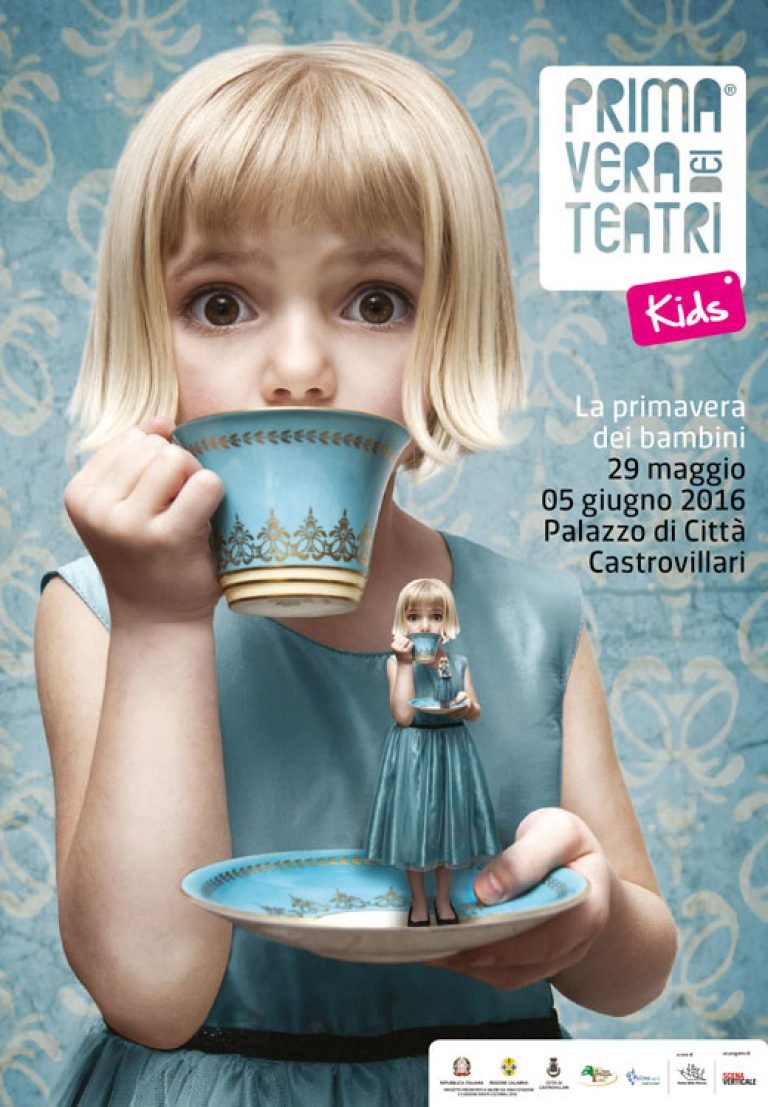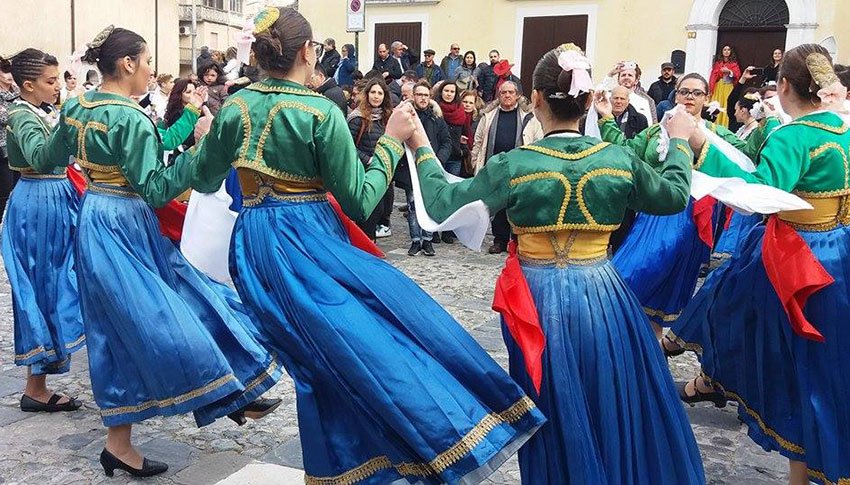In the town of Laino Borgo, during the Easter holidays, an event with a historical and religious profile has been repeated for many years: La Giudaica - Trial of Jesus.
It is a representation of the Passion of Christ, extracted from Morone's 1600 manuscript, and takes place on Good Friday in the village's alleys and squares.
In the village, during the rehearsal period, many people are addressed by the names of the Jewish characters and it is also common to see people with unkempt beards and long hair.
The event in question is not just an event but a moment of local aggregation. A hundred or so Lainesi, including actors and extras, devote themselves to this performance with overwhelming enthusiasm. Children, teenagers, adults and the elderly are all involved.
Roles are assigned according to a sort of scale of values, but everyone participates and can participate in the course of their lives by playing various parts. Everything is surrounded by hand-sewn clothes mended by local seamstresses and leather armour created by a Cosenza craftsman.
The event is unique and rare because it would not be the same if it were not performed there and without the Lainese. It is about their history, their tradition. The scenes are touching, one finds oneself experiencing a theatrical performance by people who, despite not being real actors, play the parts with a unique veracity of soul.




